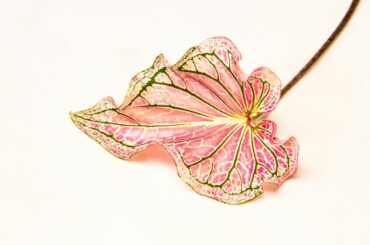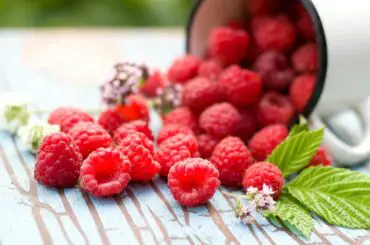One well-liked cruciferous vegetable is broccoli, which is renowned for both its great nutritional content and health advantages. Some gardeners are concerned about the safety of their broccoli since they have noticed white spots on it. We’ll look at what causes these white spots in this post, and we’ll also address the issue of whether or not they’re safe to eat.
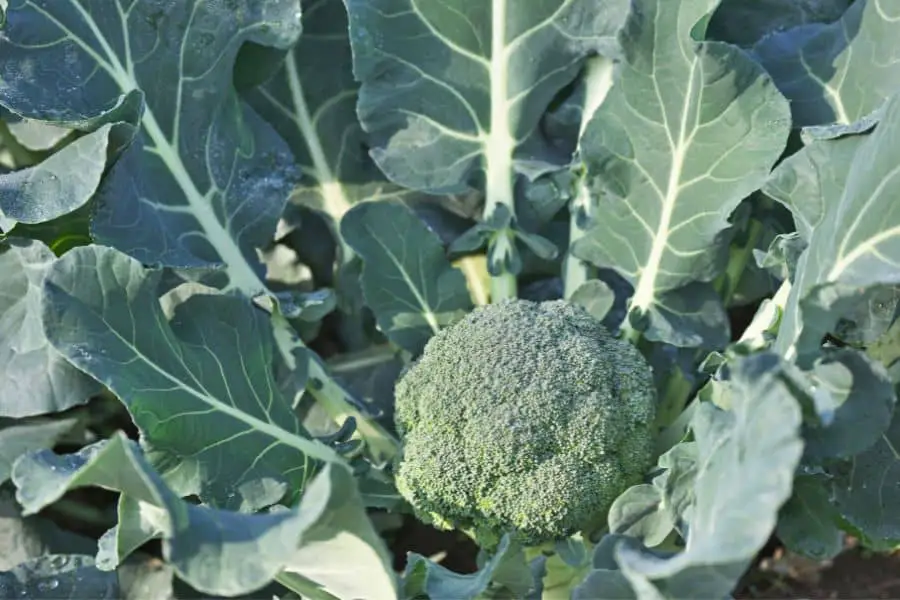
What Causes White Spots on Broccoli?
Contents
White spots on broccoli are caused by several factors, including insect damage, fungal infections, and environmental stress.
Insect Damage
Insects such as aphids, mites, and thrips can cause white spots on broccoli by feeding on the sap of the plant. This feeding can cause the plant tissue to turn white or yellow, which can then lead to the development of spots.
Fungal Infections
Fungal infections such as powdery mildew and downy mildew can also cause white spots on broccoli. These infections are caused by fungi that thrive in humid environments and can quickly spread from one plant to another.
Environmental Stress
White patches on broccoli might also result from environmental stress. Lack of water, extreme heat, or prolonged sun exposure can all cause this stress. These circumstances may result in the plant losing moisture and developing white patches.
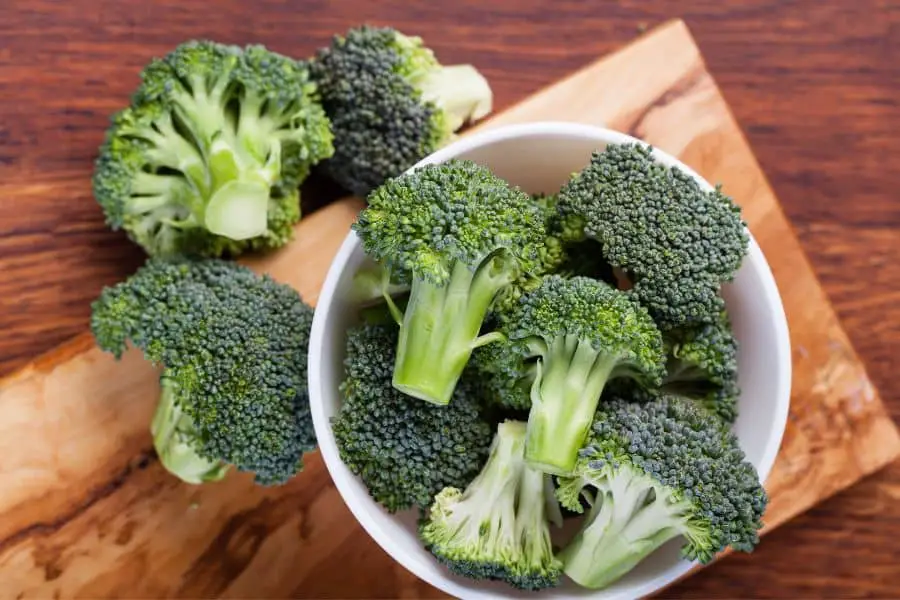
Are White Spots on Broccoli Safe to Eat?
As long as the white spots on broccoli are not caused by fungus diseases, they are usually safe to eat. Although insect damage and environmental stress can lead to visual damage to broccoli, they normally have no impact on the vegetable’s safety or palatability.
However, it is advised to avoid eating the afflicted portions if the white spots on your broccoli are the consequence of a fungal infection. The broccoli may decay due to fungal diseases and become contaminated with dangerous germs, which, if swallowed, can result in food poisoning.
Preventing White Spots on Broccoli
It’s crucial to use appropriate gardening techniques and keep a healthy growing environment in order to stop the growth of white spots on your broccoli. Here are some suggestions to help you avoid broccoli with white spots:
Use proper watering techniques.
To reduce the amount of moisture on the leaves, which can promote fungal growth, water your broccoli near the base of the plant. To prevent water from evaporating too quickly, avoid watering your broccoli during the hottest portion of the day.
Control pests and diseases.
It’s critical to routinely examine your plants for indications of damage or sickness because insects and diseases may spread quickly in a garden. Take urgent action to suppress any pest or disease activity if you see any symptoms to prevent it from spreading to other plants.
Provide adequate sunlight and air circulation.
For healthy growth, broccoli needs lots of sunlight and air movement. Make sure to place your broccoli plants sufficiently apart to allow for adequate airflow and in a sunny position.
Maintain soil health.
Growing healthy plants requires healthy soil. To increase your soil’s structure and fertility, be sure to amend it with compost and other organic materials.
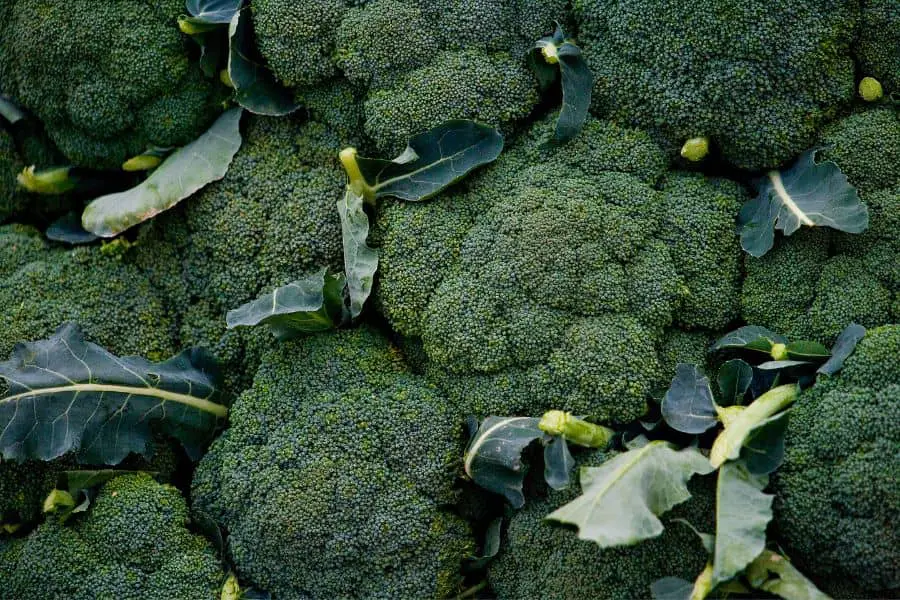
Conclusion
In conclusion, white spots on broccoli are generally safe to eat as long as they are not a result of fungal infections. To prevent the development of white spots on your broccoli, it’s important to implement good gardening practices and maintain a healthy growing environment. By following these tips, you can grow healthy, delicious broccoli that is safe to consume.
Related question
What are the spots on broccoli leaves?
On elder plants, the lowest leaves typically develop brown circular patches first. The typical concentric circles of dots (target spots). On broccoli heads and cauliflower curds, blackened spots might appear. Infected leaves quickly develop a yellow color and fall.
You can read more about Zucchini Leaves Turning Brown in here.
Can you eat broccoli with spots?
Yes, you can consume broccoli with spots, but it’s critical to ascertain whether the spots are brought on by disease or deterioration rather than by natural occurrences like exposure to light. It is advised to avoid eating the broccoli if the spots are brown or black because this indicates that it may be starting to spoil. If the spots are yellow or white, they are probably caused by light exposure and should be safe to consume, but they might have a slightly different flavor or texture. As a general guideline, it’s wise to inspect vegetables for deterioration or mold before eating it.
Read Next : Passion Fruit Leaves Turning White: 04 Causes and Solutions


